Ford Goes Robotic for Durability Testing

To expedite testing, eliminate driver fatigue and ultimately improve vehicle quality, Ford is turning to robotic technology as a way to put its products through their paces.
Proving grounds bring to mind high-speed driving, rugged off-road courses and vehicle components failing in spectacular fashion. But the reality of durability testing is probably much more mundane. Drivers have to evaluate things like fuel consumption, low-speed handling and towing capabilities, to say nothing of going lap, after lap, after lap over punishing road surfaces that rattle the teeth out of your skull.
In fact some of the testing done today is simply too severe for humans to withstand. To eliminate repetitive-stress injuries engineers at Ford have essentially managed to replace test drivers with servos, sensors and high-end electronics.
The company’s robotic driving technology allows individuals to remotely pilot vehicles over some of the most punishing terrain imaginable without leaving the comfort of their desks.
Routes are pre-programmed into the cars or trucks undergoing evaluation and they follow these circuits until engineers are satisfied with the results. Vehicles are tracked by both cameras and GPS, which is accurate to plus or minus 1 inch.
SEE ALSO: Ford Transit Van Production Begins in Kansas
The “driver” keeps an eye on the vehicles being tested and can remotely start or stop them as necessary; they don’t even have to be on site to perform these duties. The Transit van Ford demonstrated this technology in was being piloted by someone about 30 miles away. Additionally one person can “drive” up to eight vehicles at once.
Robotic testing allows the company to accelerate development times without sacrificing quality; it also helps them create even more challenging durability tests.
So far Ford has netted a 17 percent improvement in drive time by using this remote-control technology. To date it’s been used on numerous vehicles including the new Transit van, Lincoln Navigator and Ford F-150; it can be used on anything that has an automatic transmission.
GALLERY: Ford’s Robotic Transit Van
Discuss this story on our Ford forum.

Born and raised in metro Detroit, Craig was steeped in mechanics from childhood. He feels as much at home with a wrench or welding gun in his hand as he does behind the wheel or in front of a camera. Putting his Bachelor's Degree in Journalism to good use, he's always pumping out videos, reviews, and features for AutoGuide.com. When the workday is over, he can be found out driving his fully restored 1936 Ford V8 sedan. Craig has covered the automotive industry full time for more than 10 years and is a member of the Automotive Press Association (APA) and Midwest Automotive Media Association (MAMA).
More by Craig Cole



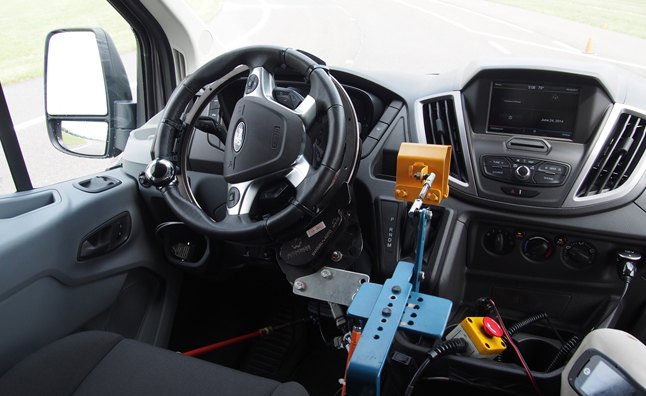















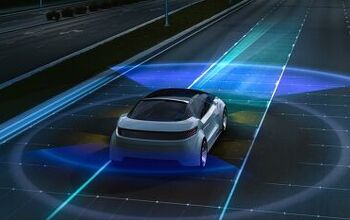
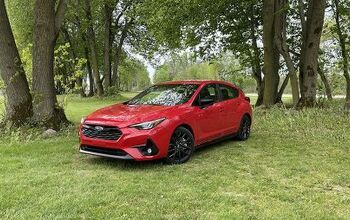




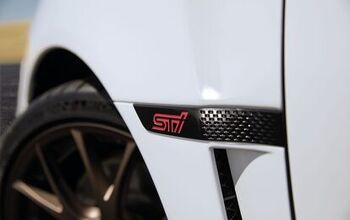





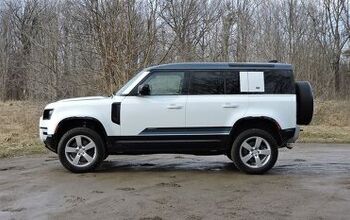
Comments
Join the conversation